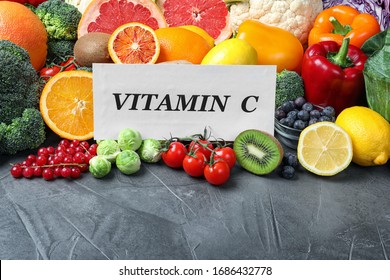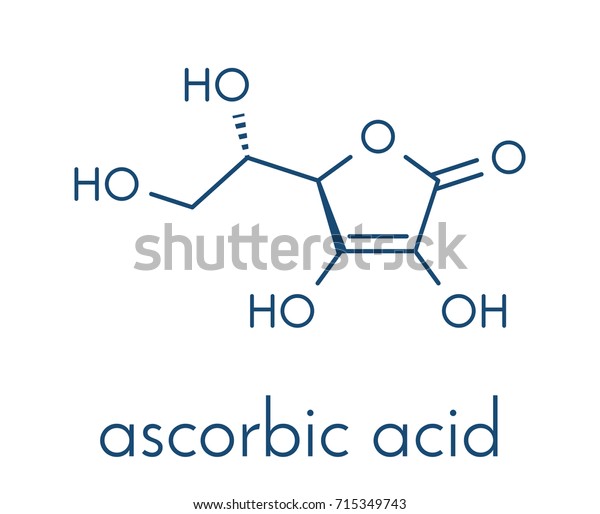All about Vitamin C

Introduction
Vitamin C.It is water soluble vitamin and is easily destroyed by heat,alkali and storage.
In the process of cooking at least 70% of the vitamin is lost.The structural formula of ascorbic acids
is somewaht similar to be carbohydrates nd it has also a resducing property.

Synthesis: The ascorbic acis is synthesised from the glucose.Most of the planst and animals can synthesise the Vitamin C but few can nt because
of the absence of gene that codes for the enzyme required fro the synthesid of the vitamin C.
What does vitamin C do?
Vitmin C is a very esential vitamin and should be included in the diet. Vitamin C has got immense role to play in our body be it biochemical or the therapeutic use. There are lot to mention.
A)Biochemical Functions:
B)Therapeutic Functions:
Vitamin C deficiency

- loss of blood by hemaorrhage.
- accumulation of methemoglbin.
- decreased tetrahydrofolic acid.
- decreased iron absorption.
Vitamin C sources

Required level of vitamin C
The daily requirement of vitamin C is 75mg/day.During pregnancy,lactation and in aged individuals the required level may be 100mg/day.
Vitamin C toxicity
Vitamin C is water soluble, excess vitamin c is excreted and not accumulated in the More than 2000mg/day daily consumption of vitamin C for a long time can cause iron overload because vitamin C helps in absorption of iron.
ConversionConversion EmoticonEmoticon